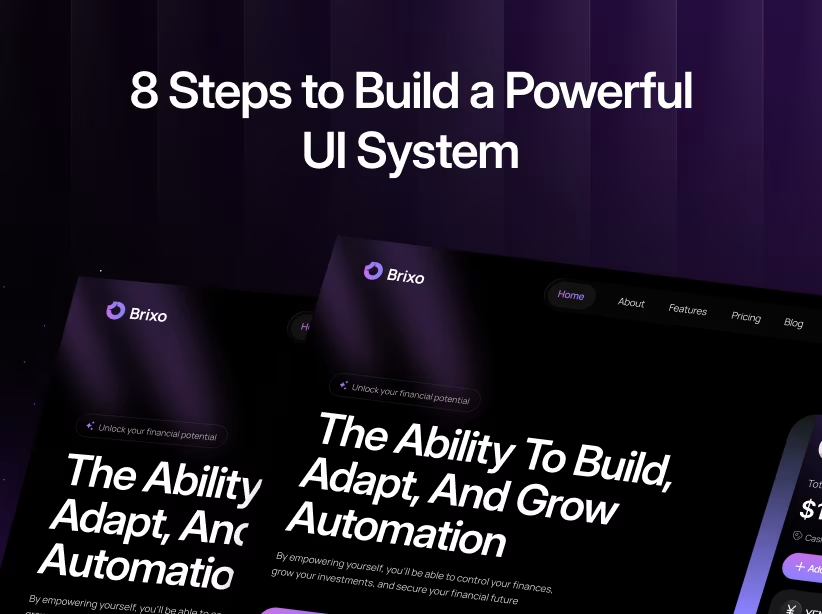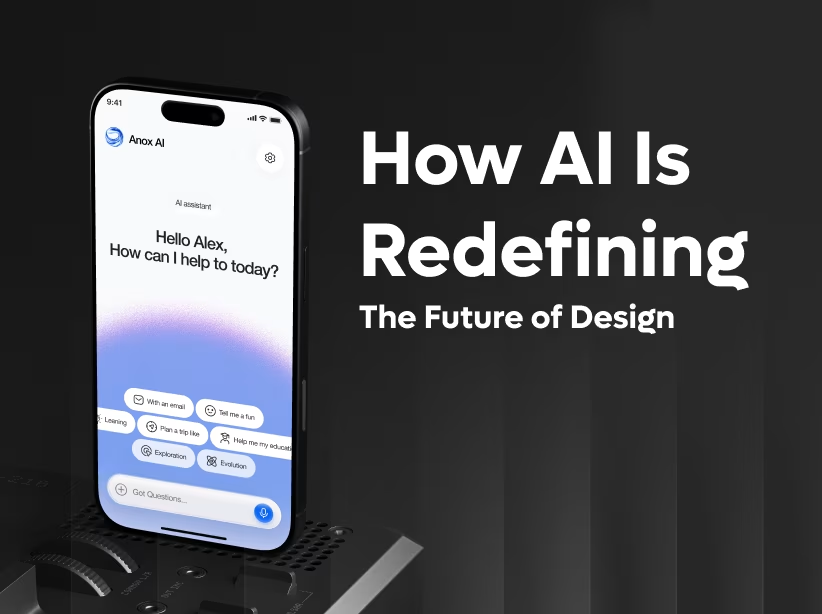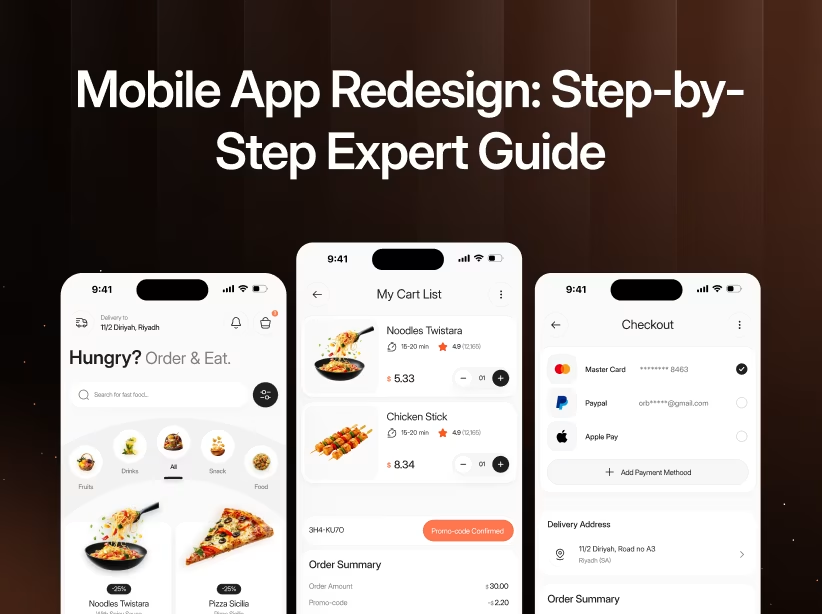Table of Contents
- The Modern App Development Landscape
- What Are Flexible App Design and Development Packages?
- The Problems with Fixed App Development Models
- Understanding Business Needs Before Design Begins
- Development That Adapts: Integrating Agile and Modular Architecture
- How Orbix Helped a SaaS Startup Scale Using a Flexible Package
- Actionable Steps: How to Choose the Right Package for Your Business Stage
- Conclusion

In today’s competitive digital ecosystem, no two businesses grow at the same pace. What works for a fintech startup in its early MVP phase will never suit a SaaS company scaling globally. Yet, many agencies still offer fixed-price, one-size-fits-all models that fail to adapt as your goals evolve.
Flexibility is becoming the foundation of successful app design and development. When your app partner can adjust timelines, features, and pricing to match your growth curve, you gain more than a service you gain a system built for momentum.
1. The Modern App Development Landscape

The digital market shifts faster than ever. Frameworks update quarterly, user expectations change overnight, and competition doubles every fiscal year. Startups and growing companies now need development partners that understand this dynamic rhythm.
Flexible app design and development packages emerged as a response to this volatility. Instead of rigid deliverables, they focus on adaptability—helping teams pivot their strategies without losing time or resources. It’s not just about building an app; it’s about building a foundation that evolves.
2. What Are Flexible App Design and Development Packages?
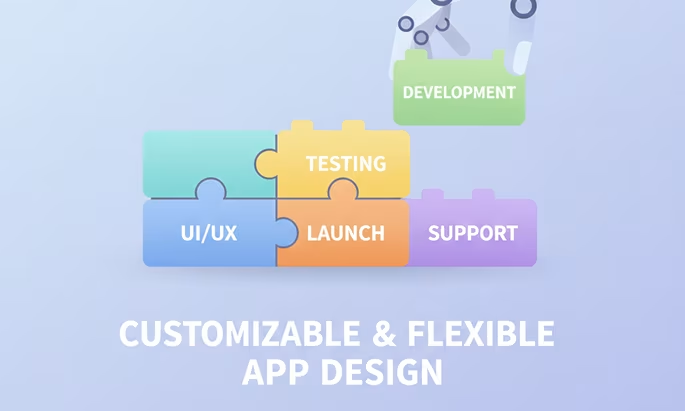
A flexible package is a customized engagement model that allows businesses to mix and match design, development, and support services based on their current needs and growth stage.
Think of it as a modular system. You might start with UI/UX design for validation, then move into feature development, integrate APIs, and scale later. You’re not locked into unnecessary add-ons or outdated deliverables.
The result? Predictable costs, faster delivery, and complete control over your app’s roadmap.
3. The Problems with Fixed App Development Models
Traditional fixed-cost app development might seem budget-friendly at first, but it quickly becomes a growth barrier.
- Scope rigidity: Once the contract is set, adding new features becomes expensive and time-consuming.
- Limited scalability: When your user base grows, fixed systems often require full redesigns.
- Poor alignment: Business goals evolve, but fixed packages don’t.
These models fail because they prioritize predictability over progress. Flexibility, on the other hand, encourages iteration—a mindset essential for sustainable app growth.
4. The Rise of Customizable Packages for Growth-Oriented Teams
Startups today prioritize agility over upfront certainty. Instead of committing to massive builds, they prefer custom app development solutions that grow with them.
Flexible packages enable teams to test ideas faster, gather user feedback, and pivot without heavy reinvestment. Whether you’re refining your MVP or expanding into new markets, adaptive plans help maintain momentum while keeping budgets transparent.
This shift from “project-based” to “growth-based” collaboration is transforming how design agencies and tech partners deliver value.
5. Understanding Business Needs Before Design Begins
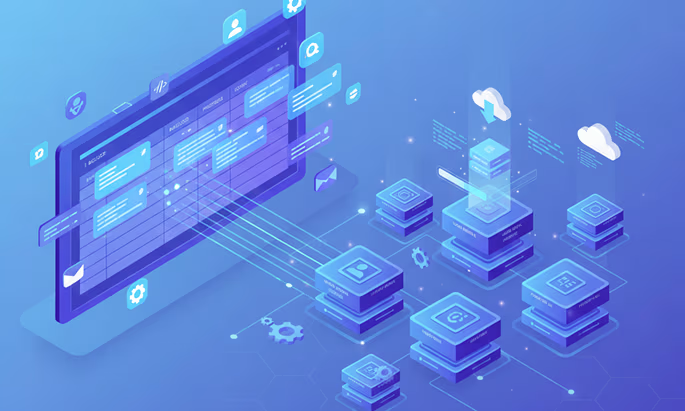
A successful app package begins long before the first screen is designed. It starts with understanding your business model, market, and audience.
Discovery workshops, user journey mapping, and competitor audits reveal what truly matters. For example, a fitness startup might prioritize engagement features, while an enterprise SaaS product might focus on data security.
This pre-design clarity ensures that every stage—from UX wireframes to backend development—aligns with real business outcomes.
6. Building the Foundation: UI/UX Design That Drives Growth
Design is not decoration; it’s direction. A flexible package prioritizes UI/UX design for mobile apps because every visual and interaction defines user retention.
Great design shortens onboarding time, improves task success rates, and boosts in-app engagement. Companies like Airbnb and Revolut constantly evolve their UI to match shifting user expectations.
In your app journey, design flexibility ensures your product feels intuitive today and remains relevant tomorrow.
7. Development That Adapts: Integrating Agile and Modular Architecture
Flexibility doesn’t stop at design—it’s built into the codebase. Agile methodology allows iterative progress through sprints, ensuring that every new feature is tested, refined, and deployed without disrupting the whole system.
Modular architecture makes this possible. By decoupling components, developers can update, replace, or scale sections independently. This adaptability not only reduces downtime but also ensures your app stays future-proof as technologies evolve.
8. The Core Components of a Smart App Package
While every package is customized, most app design and development packages include these essential layers:
- Discovery and Strategy: Business goals, audience research, and product vision.
- UI/UX Design: Prototypes, wireframes, and usability testing.
- App Development: Front-end and back-end coding, integrations, and performance testing.
- Quality Assurance: Rigorous bug tracking and user testing.
- Deployment & Launch: App store submissions and analytics setup.
- Post-Launch Support: Maintenance, optimization, and feature expansion.
These elements work together as a continuous cycle of improvement rather than a one-off project.
9. How Orbix Helped a SaaS Startup Scale Using a Flexible Package
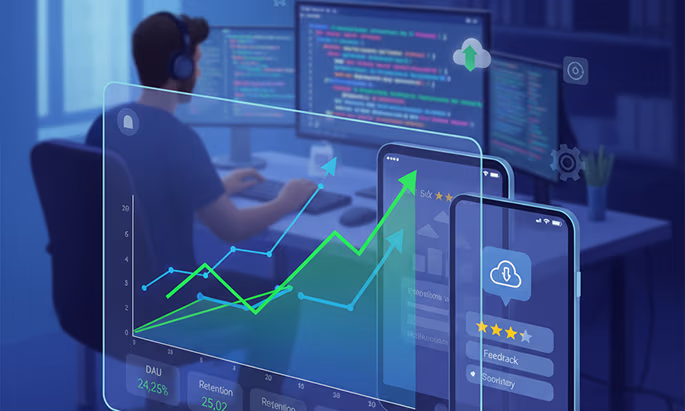
One SaaS startup approached Orbix, struggling with inconsistent user engagement and limited scalability. Instead of a full rebuild, Orbix recommended a phased growth package.
- Phase 1: Redesigned the onboarding flow and simplified UI components.
- Phase 2: Integrated new analytics tools and improved performance.
- Phase 3: Rolled out a subscription-based model with enhanced dashboards.
Within six months, user retention increased by 42%, and the company reduced future development costs by 30% thanks to the modular, flexible approach.
This example shows how adaptive packages can convert short-term builds into long-term assets.
10. Choosing Between Startup, Growth, and Enterprise Packages
Every business has different maturity levels, and flexible packages reflect that.
- Startup Package: Focuses on MVP design, fast iterations, and validation testing.
- Growth Package: Adds scalability, integrations, and multi-platform expansion.
- Enterprise Package: Prioritizes performance optimization, security compliance, and cross-department collaboration tools.
Instead of committing to a massive build upfront, businesses can evolve through these tiers seamlessly, paying only for what adds measurable value.
11. Custom Add-Ons: API Integrations, AI Features, and Scalable Infrastructure
Flexible packages often come with optional add-ons that enhance functionality as your product grows. You can start lean and progressively integrate:
- API connections to third-party platforms
- AI-powered features like chatbots or recommendation engines
- Scalable cloud architecture for large-scale user loads
- Data analytics dashboards for performance monitoring
This incremental strategy ensures your app evolves with both user needs and emerging technologies.
12. Post-Launch Maintenance and Continuous Improvement
Launching an app is only the beginning. Continuous maintenance, user testing, and performance tracking define long-term success.
Flexible app development plans include ongoing support for feature updates, OS compatibility, and UX enhancements. This proactive approach prevents downtime, protects brand trust, and maintains a competitive edge.
For instance, companies using continuous integration pipelines (CI/CD) can release small updates weekly instead of major patches quarterly—keeping users engaged and loyal.
13. Actionable Steps: How to Choose the Right Package for Your Business Stage
If you’re evaluating app development options, follow this process to find the ideal fit:
- Define your goal: Are you validating an idea, scaling a product, or optimizing an existing app?
- Audit your resources: Know your team’s strengths and technical gaps.
- Set clear timelines: Choose a package that aligns with your funding and launch goals.
- Ask for flexibility clauses: Ensure your provider allows scalable updates and module swaps.
- Prioritize user experience: No package is valuable without strong UI/UX design at its core.
These steps guarantee your investment delivers lasting impact.
14. Common Mistakes When Selecting App Packages
Many teams rush their choice of development packages and face setbacks later. Common pitfalls include:
- Choosing the cheapest package instead of the most adaptable.
- Ignoring scalability and ending up with an app that can’t grow.
- Overlooking UI/UX testing in early phases.
- Failing to negotiate post-launch support.
Avoiding these mistakes saves time, money, and credibility when your product reaches scale.
15. Future of App Development: Subscription-Based and Growth-Tied Models
The industry is shifting toward subscription-based app development—where clients pay for ongoing improvement instead of one-time builds.
This model benefits both sides: agencies deliver consistent value, and businesses enjoy continuous updates without new contracts.
Imagine paying a predictable monthly fee for regular feature releases, analytics reviews, and UX optimizations. That’s where app development is heading—toward partnership-driven scalability rather than transactional projects.
16. Why Partnering with the Right Agency Matters
The real power of flexibility lies in collaboration. Your app partner should not just write code—they should understand your market, users, and long-term vision.
An experienced app design and development company brings strategic thinking, cross-disciplinary teams, and proven frameworks. At Orbix, the focus isn’t only on building apps; it’s about building digital ecosystems that adapt to business shifts.
Choose a partner that listens first, designs second, and builds with scalability always in mind.
Conclusion:
The era of rigid app development is over. Businesses now thrive on flexible app design and development packages that evolve as their products mature.
By embracing adaptable pricing, modular builds, and agile delivery, you ensure that your app isn’t just launched—it’s equipped to grow, pivot, and dominate your niche.
Flexibility isn’t just a pricing model; it’s a growth philosophy. When your digital foundation is built to change, your business can move faster than the market itself.
FAQ
1. What is a flexible app design and development package?
A flexible app design and development package is a customizable plan that allows businesses to adjust their app design, features, and development timeline based on growth needs. Unlike fixed-price models, it adapts to changing goals—helping startups and enterprises scale efficiently without unnecessary costs or rigid constraints.
Keyword focus: flexible app design and development packages, scalable app development plans
2. How do flexible app development packages benefit startups?
Flexible packages let startups start small and scale fast. They provide essential services like UI/UX design, MVP development, and feature rollouts in phases—reducing upfront costs and minimizing risk. As user feedback and funding grow, startups can upgrade their packages for more complex functionality or cross-platform expansion.
Keyword focus: app development for startups, affordable app development packages
3. What is included in most app design and development packages?
Typical app design and development packages include discovery sessions, UX strategy, interface design, front-end and back-end development, testing, deployment, and post-launch support. Flexible plans may also include add-ons such as API integrations, AI features, or analytics dashboards to suit your app’s evolving needs.
Keyword focus: app design and development packages, custom app development solutions
4. How can I choose the right app package for my business?
Start by assessing your business stage, goals, and budget. If you’re validating an idea, go for an MVP-focused starter package. For scaling apps, choose a plan that offers modular development, UI/UX optimization, and agile updates. Always prioritize flexibility and long-term support over one-time builds.
Keyword focus: choosing app development packages, scalable app development plans
5. How much do flexible app development packages cost?
Costs depend on app complexity, features, and technology stack. On average, flexible app development packages range from $8,000–$50,000, depending on your scope and chosen package tier (Startup, Growth, or Enterprise). The advantage is predictable, transparent pricing that scales as your app evolves.
Keyword focus: app development pricing models, affordable app development packages
Fresh UI/UX Ideas, Straight to Your Inbox



